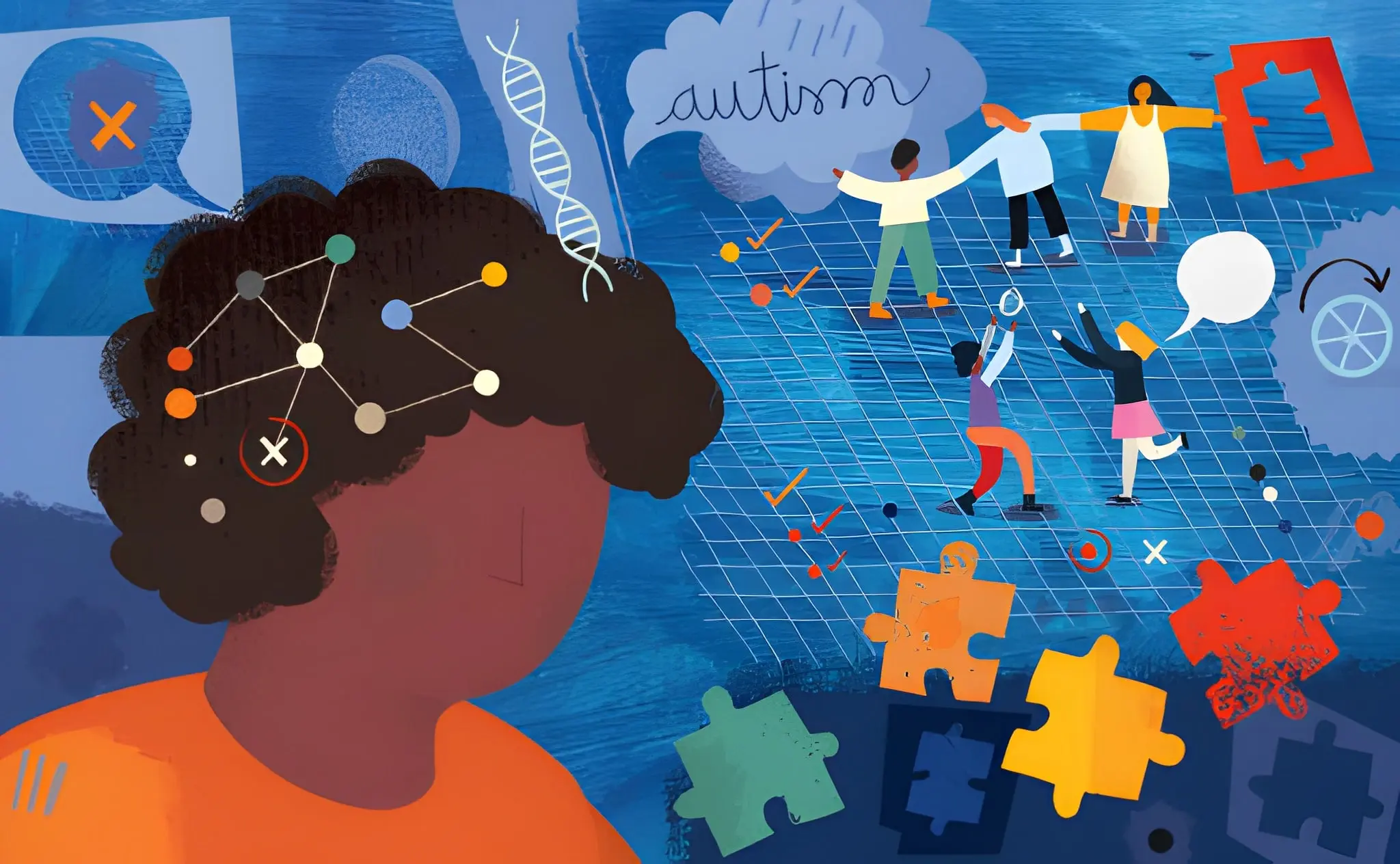Autism is a neurological condition that affects both children and adults. Some children receive a diagnosis early, perhaps before they reach third grade. On the other hand, other individuals with autism may not receive a diagnosis until they are adults.
Providing children with accurate diagnoses is important, as it means they receive the treatment and interventions necessary for their well-being in both the short and long term. Due to plasticity, younger children have a more adaptable brain, which means early intervention has a greater impact on their lives. It also gives parents more understanding.
As such, psychiatrists and psychologists need to recognize how autism presents at different ages throughout childhood, using the most appropriate assessment and intervention resources.
Ages 0 months through 12 months
A baby typically does not show many obvious signs of autism, which means it is very rare for a child as young as this to receive a diagnosis. However, there may be some subtle indicators, such as not smiling as much, limited eye contact, or delayed speech (babbling). A baby may also be much more sensitive to sensory inputs like bright lights or louder noises.
Ages 1 year through 3 years
Many of the signs of autism in children aged 1–3 are similar to those of those under twelve months, only they become more obvious, and newer signs may show up. These include limited eye contact, lack of responses, and delayed speech. Children at this age may also show unusual playing habits. For example, they might line up their toys instead of playing make-believe, like other children of the same age.
Ages 3 years through 6 years
During pre-k and the early years of schooling, children may begin showing even more obvious signs of autism. A child at this age may have developed a special interest. This interest will often be very intense, and the child will focus on the details of the topic, whether it be airplanes or wild animals. The child may also struggle with playing pretend, take things very literally, and struggle with certain sensory inputs.
Ages 7 years through 12 years
As children age, they often face new challenges, particularly in academics and in their social lives.
At ages 7–12 years, a child may struggle to make or keep friends. They may also be the victim of bullying because their behavior looks different from other children. Other signs include:
- Following the Rules Rigidly
- Experiencing Sensory Difficulties
- Having a Special Interest
- Not Expressing Empathy
Ages 13 years through 18 years
Adolescence brings with it a whole new range of challenges, particularly for teenagers with autism. At this stage, the individual may experience problems with maintaining friendships. They may have a few closer friends than a wide social group, for example. It’s also common for teens with autism to make friends online more often than in person.
At this stage, teenagers with autism may struggle with understanding things like slang and sarcasm as they take things very literally. They may have an intense special interest, engage in repetitive movements, and be extremely resistant to any type of change in their lives, whether that’s moving home, changing schools, or just adjusting their schedule.
It is crucial to have the right resources to diagnose children with autism early. There are many useful tools for schools, psychologists, and psychiatrists, such as the Childhood Autism Rating Scale, Second Edition (CARS®2) assessment.










